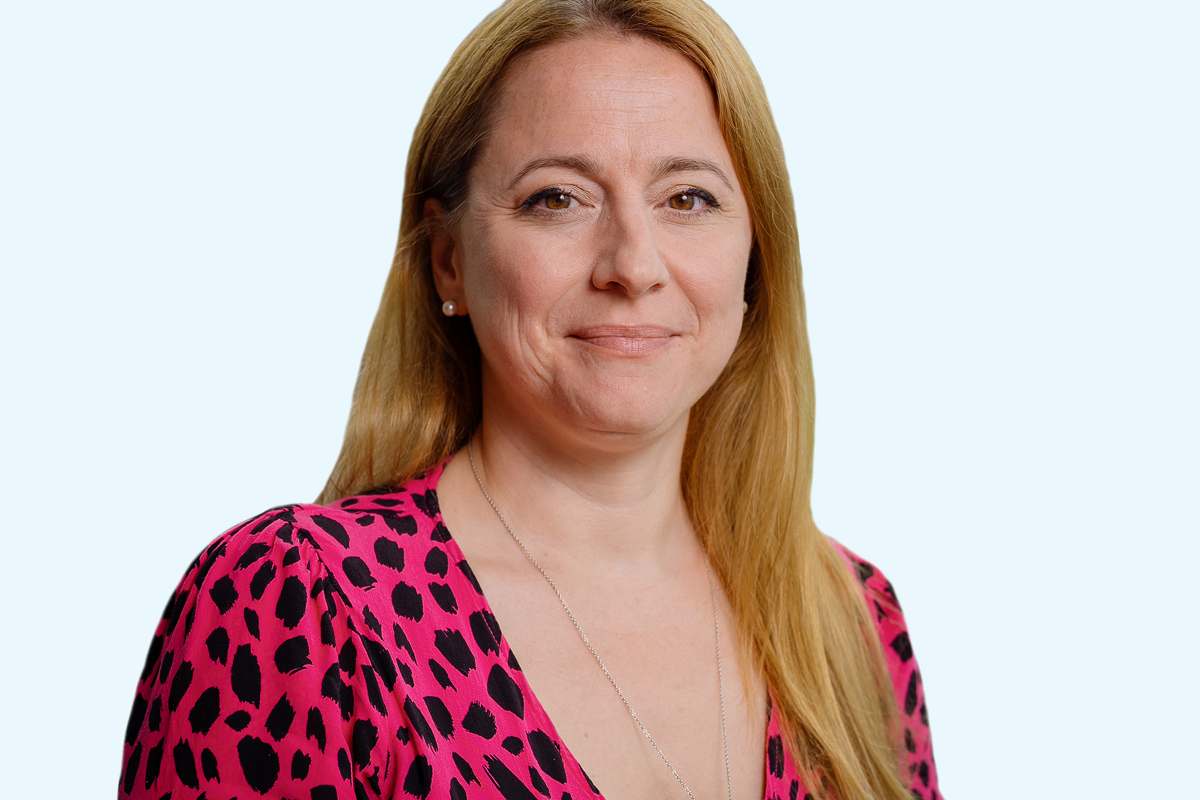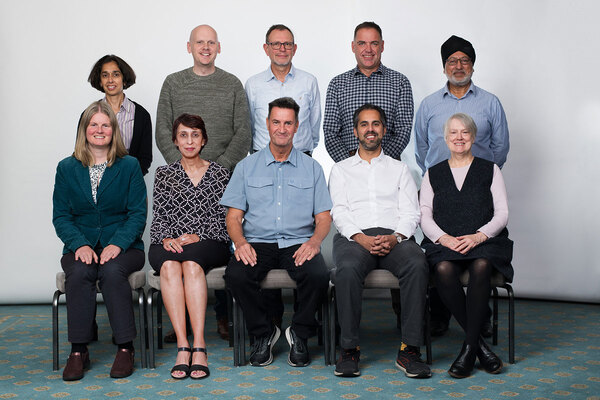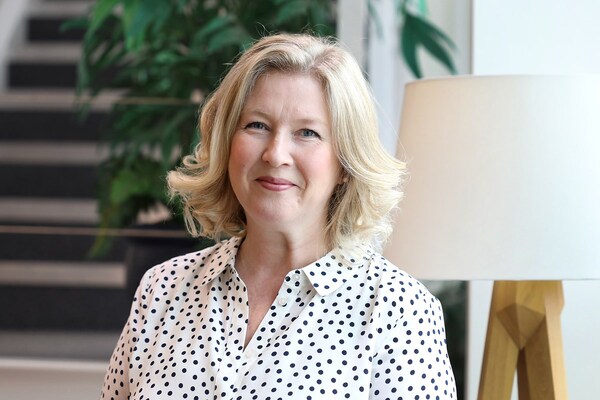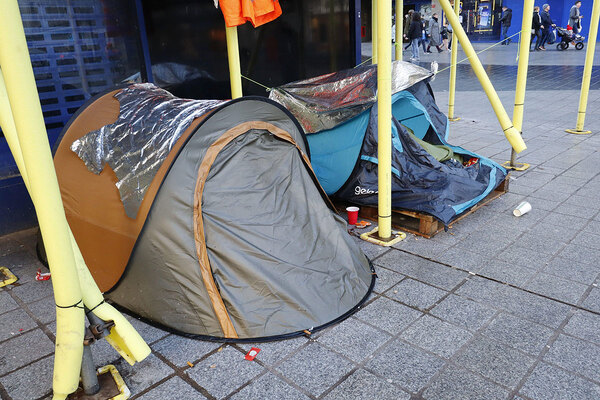You are viewing 1 of your 1 free articles
Why a data-driven approach is crucial for diversity and inclusion
Creating a diverse workforce and an inclusive culture must be founded on a clear, data-driven approach, says Kate Krokou, chief strategy and transformation officer at Hyde
Diversity and inclusion should be central to housing associations’ social purpose and key to making a positive difference to customers’ lives. By ensuring different experiences and perspectives are voiced, and acted upon, we’ll grow stronger teams, make better decisions, build better homes and communities, and deliver better customer outcomes.
To achieve this, it’s important to use good data to understand an organisation at every level. In other words, you need to understand who your colleagues are (and what makes them unique) and the behaviours and social norms needed to ensure everyone feels they belong – perception being reality in this case.
At Hyde, 53% of our colleagues are women, 30% are ethnically diverse and 7% are disabled. This reflects the rest of the sector, according to How diverse is England’s housing association workforce in 2023?, a report by the National Housing Federation (NHF).
The NHF surveyed 177 organisations that together own three-quarters of homes in England. It found that 54% of the workforce were women and 18% were ethnically diverse, which was broadly representative of the population where housing association homes are located.
However, just 9% of housing association employees were disabled or had a long-term condition, while, nationally, 24% of the population is disabled and 16% of disabled people are in employment.
The diversity of our workforce isn’t yet matched at senior levels. At Hyde, 15% of leaders are ethnically diverse and about 40% are women. Again, this is similar to the rest of the sector, according to the NHF: 47% of housing association executives are women, and 10% are from ethnic minority backgrounds.
“While we pride ourselves on having an inclusive culture, we know there’s more to do. That’s why we appointed our first diversity and inclusion lead to support the board and Hyde’s leadership team in driving inclusion”
Colleagues regularly mention a desire to see more diversity at senior levels at Hyde in their responses to our annual diversity and inclusion surveys.
So, while we pride ourselves on having an inclusive culture, we know there’s more to do. That’s why we appointed our first diversity and inclusion lead to support the board and Hyde’s leadership team in driving inclusion. Their first task was to interview hundreds of colleagues to understand attitudes towards diversity and inclusion.
These stories, along with the data gathered by our colleague inclusion surveys, were used to develop the objectives of our inclusion strategy. The strategy is based on five pillars: diversity, inclusion, recruitment and career development, governance and customers.
The strategy is our commitment to colleagues and customers to embed diversity and inclusion in everything we do, and they are key both to providing excellent customer service and in enabling colleagues to thrive and develop.
It will also help us to achieve better ethnic diversity and gender balance at senior level, by developing a pipeline of future leaders.
Our commitment to having an inclusive approach that meets the needs of our customers and communities will be based on a deeper understanding of their needs. Again, our success will be founded on good data.
We know that 55% of our customers are women, 20% are ethnically diverse and 13% are disabled, which broadly reflects the diversity of our colleagues.
We also know that customers living in flats in densely populated areas – who are more likely to be ethnically diverse – are less satisfied, while those living in houses outside of London are more satisfied. There’s also an age split: customers aged between 18 and 24, or 45 and older, tend to be more satisfied than 25 to 44-year-olds.
We’ve used this data to make fundamental changes to how we work in the past couple of years. A key change is in how we are now serving customers through our new neighbourhood approach, rolled out across our homes and communities in January.
“We know that making a positive difference to people’s lives can only be achieved if we get closer to our customers, understand their unique qualities and needs better, and embed inclusion in everything we do”
The approach is focused on delivering more joined-up services at a local level, tailored to communities’ specific needs, that will improve satisfaction. Because we know customers in densely populated areas are typically less satisfied and require more support, we decided to make the patches across our London estates smaller. This means neighbourhood officers in these areas manager fewer homes, giving them more time with customers.
And our decision to bring more repairs services in-house across London since 2022 was in direct response to customer data and what customers were telling us.
Satisfaction with our directly employed repairs and maintenance teams has always been high, at 95%, but is lower for services provided by external contractors, so it made sense to bring these services under our direct control.
What the data shows us is that we support a huge range of people from all walks of life. We’re proud of the diversity of our communities and want to serve them as best we can.
But we know that making a positive difference to people’s lives can only be achieved if we get closer to our customers, understand their unique qualities and needs better, and embed inclusion in everything we do.
Both are founded on good data, which requires significant investment in terms of time and money. At Hyde, our digital programme covers every aspect of our business – from getting better customer and property data, to providing more digital services for customers to self-serve.
This has been instrumental in delivering new, more efficient, ways of working that are delivering the best possible outcomes for customers.
Kate Krokou, chief strategy and transformation officer, Hyde
Sign up for our daily newsletter
Already have an account? Click here to manage your newsletters













